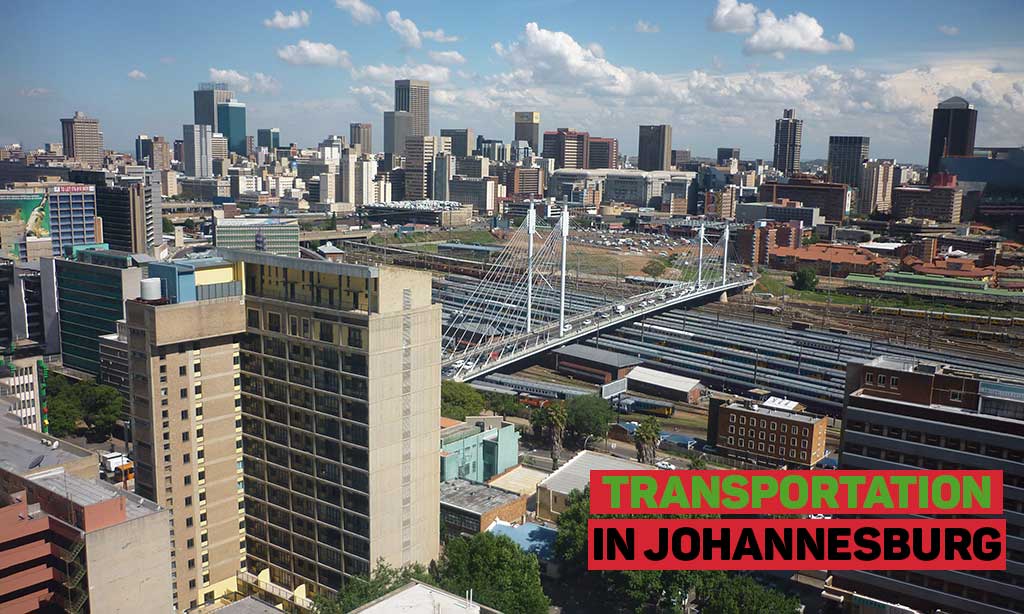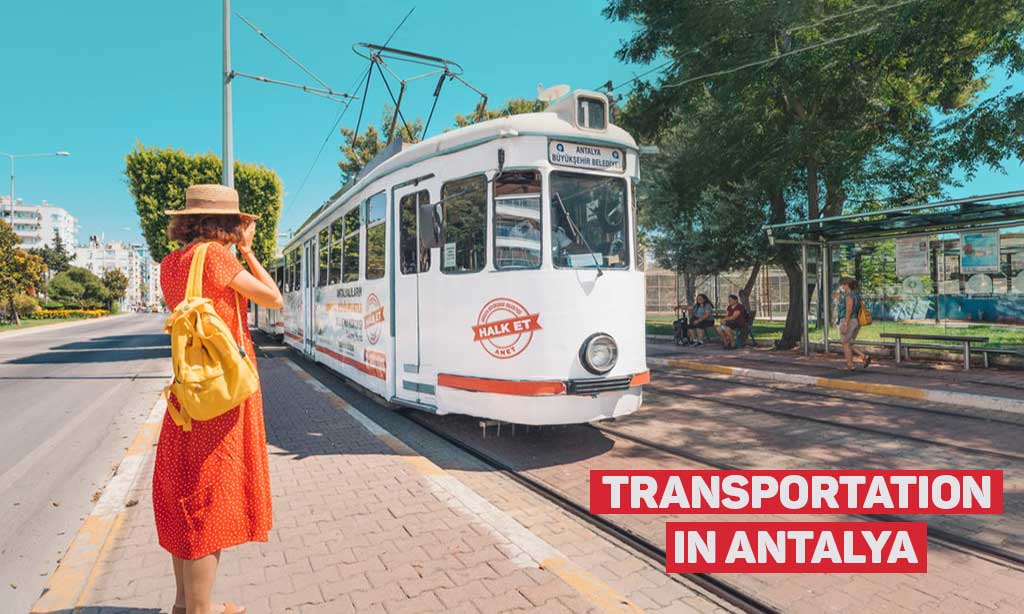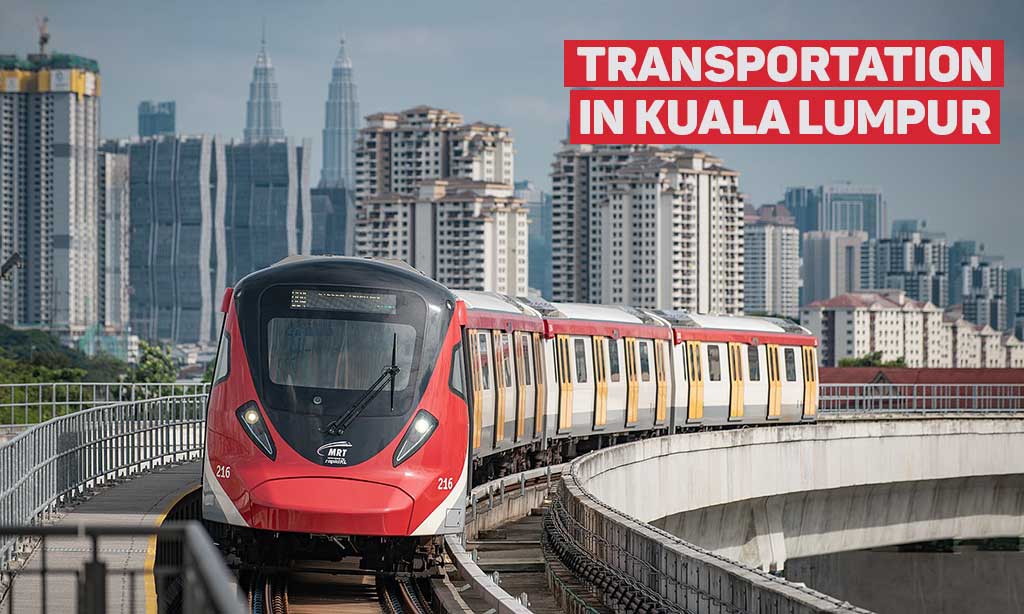1. Overview:
Public Transportation Auckland, New Zealand’s largest city, has diverse transportation system that caters to both residents and visitors. From buses and trains to ferries and bicycles, the city offers numerous options for getting around. This guide provides an in-depth look at Auckland’s transportation system, ensuring you have all the information you need to navigate the city with ease.
2. Major Transport Operators:
Rail: Auckland’s rail system, operated by Veolia Transport, connects various parts of the city, including Auckland, Newmarket, Waitakere, Papakura, and Orakei. With 41 train stations spread over four lines, trains offer a convenient alternative to buses for longer distances.
Buses: NZBus is the primary intracity bus system, operating several services like North Star, Metrolink, Go West, Waka Pacific, The Link, and the new Inner City Service buses. These buses connect the Auckland CBD with surrounding suburbs, offering regular services.
Tram: Information about trams in Auckland was not explicitly mentioned in the provided sources.
Ferry / Boat: Ferries in Auckland offer more than just a mode of transportation; they provide a scenic experience. Fullers and SeaLink are the main ferry operators, with services across the Waitemata Harbour and to destinations like Waiheke Island.
3. Table: Transportation Systems:
4. Guide on Ticket Purchasing:
Auckland’s public transport system uses the AT HOP card, a reusable prepay smart card. This card can be used for trains, ferries, and buses. The card costs $10 and can be loaded with money either manually or through an auto top-up system. Users simply tap on and tap off when boarding and alighting from public transport. Additionally, students receive discounted fares on Auckland’s public transport.
5. Major Passenger Airports:
Auckland Airport, situated approximately 30 km south of downtown Auckland, is the primary passenger airport in the city. To travel from the airport to the city, passengers can use the SkyBus, which operates 24/7. Other options include taxis and ridesharing apps like Uber, Zoomy, and Ola.
6. Driving Information:
While Auckland offers many attractions within a short drive from the CBD, owning a car is not necessary. However, many Aucklanders find it challenging to live in the city without personal transportation. Parking in the city can be expensive, and many opt to use public transport instead.
7. Renting a Car:
Driving in downtown Auckland can be a bit challenging, especially for those unfamiliar with the city’s layout. The central area is bustling, and finding parking can be a task. While there are several parking buildings operated by the City Council, the rates can be on the higher side. If you’re considering exploring the city, it might be more convenient to rely on public transport options like buses or the Link service. However, if you still prefer to rent a car, be prepared for metered car parking, which can cost at least NZ$4 an hour in certain areas. Always ensure you’re familiar with local driving rules and regulations to ensure a safe and hassle-free experience.
8. Cycling Facilities:
Cycling is gaining popularity in Auckland as the city continues to develop infrastructure for cyclists. Routes like the Lightpath and Tāmaki Drive are popular among cyclists. Other notable cycling spots include Cornwall Park and the Viaduct.
9. Walking Facilities:
Auckland, though spread out, has many central attractions that are easily accessible on foot. Comfortable shoes are recommended for those planning to explore the city by walking.
In conclusion, Auckland offers a range of transportation options to suit different needs. Whether you’re a resident or a visitor, understanding the city’s transportation system will ensure a smooth and enjoyable experience.





